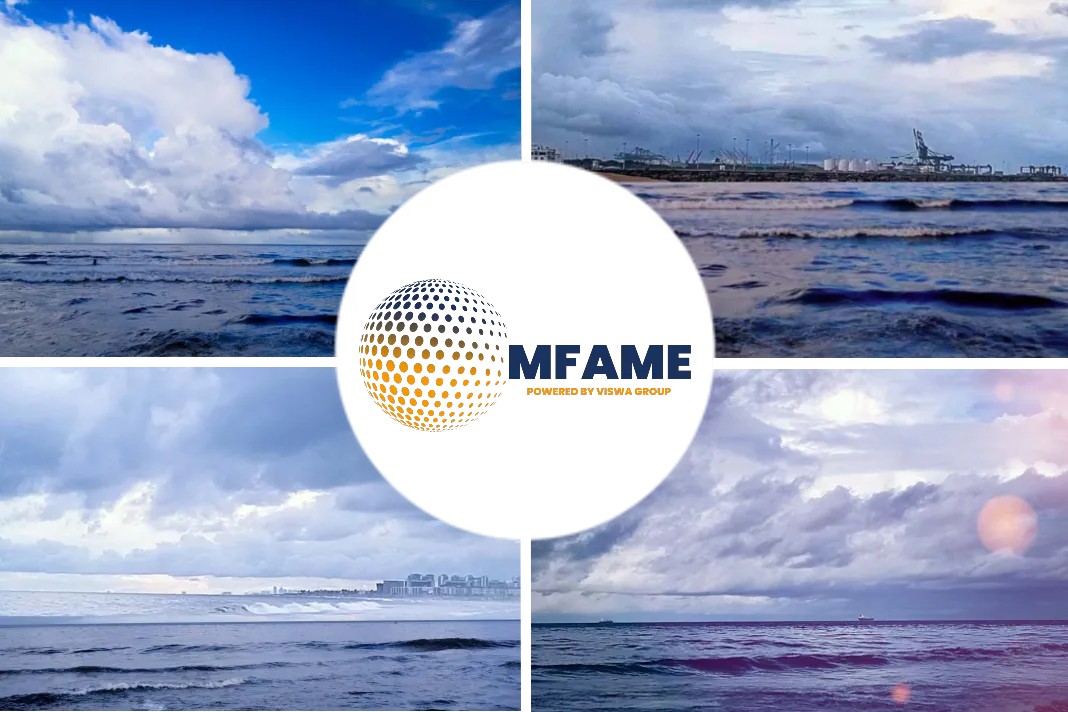
A recent news article published in the Yahoo News states that Vietnam sends ship to track Chinese vessel patrolling Russian gas field in EEZ -data.
Russian-operated gas field
A Vietnamese ship monitored a Chinese Coast Guard vessel on Saturday in a Russian-operated gas field in Vietnam’s South China Sea exclusive economic zone (EEZ), data show – the latest Chinese patrol in a pattern stretching more than a year.
Chinese coast guard ships have sailed directly into energy exploration blocks operated or owned by Russian firms in Vietnam’s EEZ about 40 times since January 2022, according to vessel-tracking data from Vietnamese research organisation South China Sea Chronicle Initiative (SCSCI), an independent non-profit.
China considers the area part of its expansive territorial claim in the South China Sea marked by a “nine-dash line,” a boundary the Permanent Court of Arbitration found in 2016 to have no legal basis. It has built artificial islands and airfields on some reefs and islets in the sea to widespread concern in the region and in the United States.
Both Vietnam and Indonesia have asked China to avoid these areas in their EEZs – although the zones are not territorial waters and do not have sailing restrictions under international law. The patrols mirror Chinese Coast Guard activity elsewhere in the South China Sea, where such vessels have been used to assert territorial claims.
“China is asserting jurisdictional rights to seabed energy resources and (has) used its coast guard to put pressure on regional states,” said Ian Storey, a senior fellow at Singapore’s ISEAS-Yusof Ishak Institute.
Maps created by SCSCI and analysed by Reuters, using Automatic Identification System (AIS) signals from those vessels, show Chinese ships last year followed nearly identical routes at least 34 times from Vanguard Bank, a submerged feature near the boundaries of Vietnamese and Indonesian exclusive economic zones (EEZs), to two Russian-controlled blocks 50 nautical miles (92 kilometres) away – at times getting close as 1 nautical mile from the main wells.
Russia’s state-controlled Zarubezhneft is the operator and a shareholder of one the two blocks, 06-01; Russia’s gas giant Gazprom is a shareholder in the other, 05-03, which is operated by a subsidiary of PetroVietnam, the country’s state-owned fossil fuel company, according to the Center for Strategic and International Studies (CSIS), a think tank in Washington.
The Chinese ship on Saturday sailed through both blocks, data show, as well as two others. The Vietnamese ship Kiem Ngu 278, operated by a fisheries law enforcement agency, followed the vessel, data show, at times closing to distances of just a few hundred metres.
From those blocks, roughly 630 nautical miles from China’s Hainan island, the Chinese ships typically return on a direct route to Vanguard Bank, where they are stationed, data reviewed by Reuters show. The Chinese ship on Saturday instead sailed to Malaysia’s EEZ.
A spokesperson for China’s foreign ministry said the Chinese Coast Guard carries out patrols in the areas under China’s jurisdiction in the South China Sea while respecting international law, and said it was not aware of patrols in energy exploration blocks operated by Russian firms.
A spokeswoman for Vietnam’s foreign ministry said on Friday that Vietnam acts in the South China Sea “to protect its legal rights”.
Zarubezhneft, Gazprom, and Russia’s foreign ministry and embassy in Hanoi did not respond to requests for comment.
Exclusive economic zones generally extend 200 nautical miles (370km) beyond its shores. By international law, a country’s territorial waters – in which it can control all activities – typically extend about 12 nautical miles from its shores. Conflicts can arise where such claims overlap.
Malaysia, the Philippines, Taiwan and Brunei are among other countries that have competing claims in the South China Sea.
The gas-rich fields exploited by the Russian companies are among the furthest from Vietnam’s coast and are close to the strategic boundary with Indonesia’s EEZ, and to blocks claimed by China.
Since at least November, the Chinese Coast Guard ships have also expanded their routes, moving through block 12-11, which is jointly operated by Zarubezhneft and PetroVietnam, on their way to oil and gas field 12W, explored by Britain’s Harbour Energy, SCSCI data show.
The patrols of the area operated by Harbour Energy started just before Indonesia and Vietnam signed an agreement in December 2022 setting their EEZs’ boundaries in the South China Sea, which paved the way for gas deals.
Harbour Energy declined to comment
Harbour Energy and Zarubezhneft are developing the nearby Tuna gas field in Indonesia’s EEZ, from which Jakarta plans to export gas to Vietnam via a pipeline starting in 2026. The project is currently suspended because of Western Ukraine-related sanctions on some of the companies involved.
Chinese Coast Guard vessels have also patrolled the Tuna block; in January, Indonesia deployed a warship to monitor a Chinese ship there.
Did you subscribe to our daily Newsletter?
It’s Free! Click here to Subscribe!
Source: Yahoo News
















